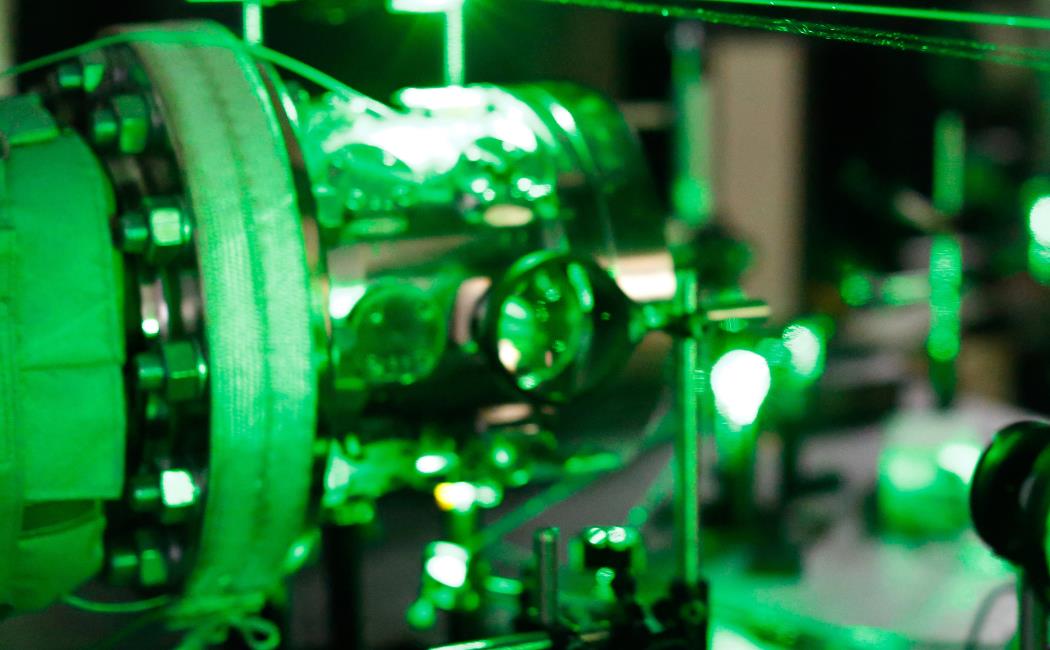

LATEST
NEWS

03 August, 2022
When Aamir Farooq’s student Ana Slama approached him to say how much she was enjoying Javier Ruiz-Martinez’s class on catalysis, he thought she was trying to politely tell him that she wanted to switch supervisors.
One aspect of Farooq’s research focuses on the use of shockwaves to study the gas phase chemistry of fuel combustion. “We use shockwaves much like a piston in an engine, compressing the fuel to high temperatures and pressures, which gives us ideal conditions for studying fuel chemistry,” Farooq says.
Slama’s research plans changed course after that catalysis class. “I said, ‘I have no problem if you want to go work with Javier, you should do what you really want to do’,” Farooq says. “But what she wanted was to bring together the knowledge gained from working in my group with what she had learned in class.”
Read more at KAUST Insight.